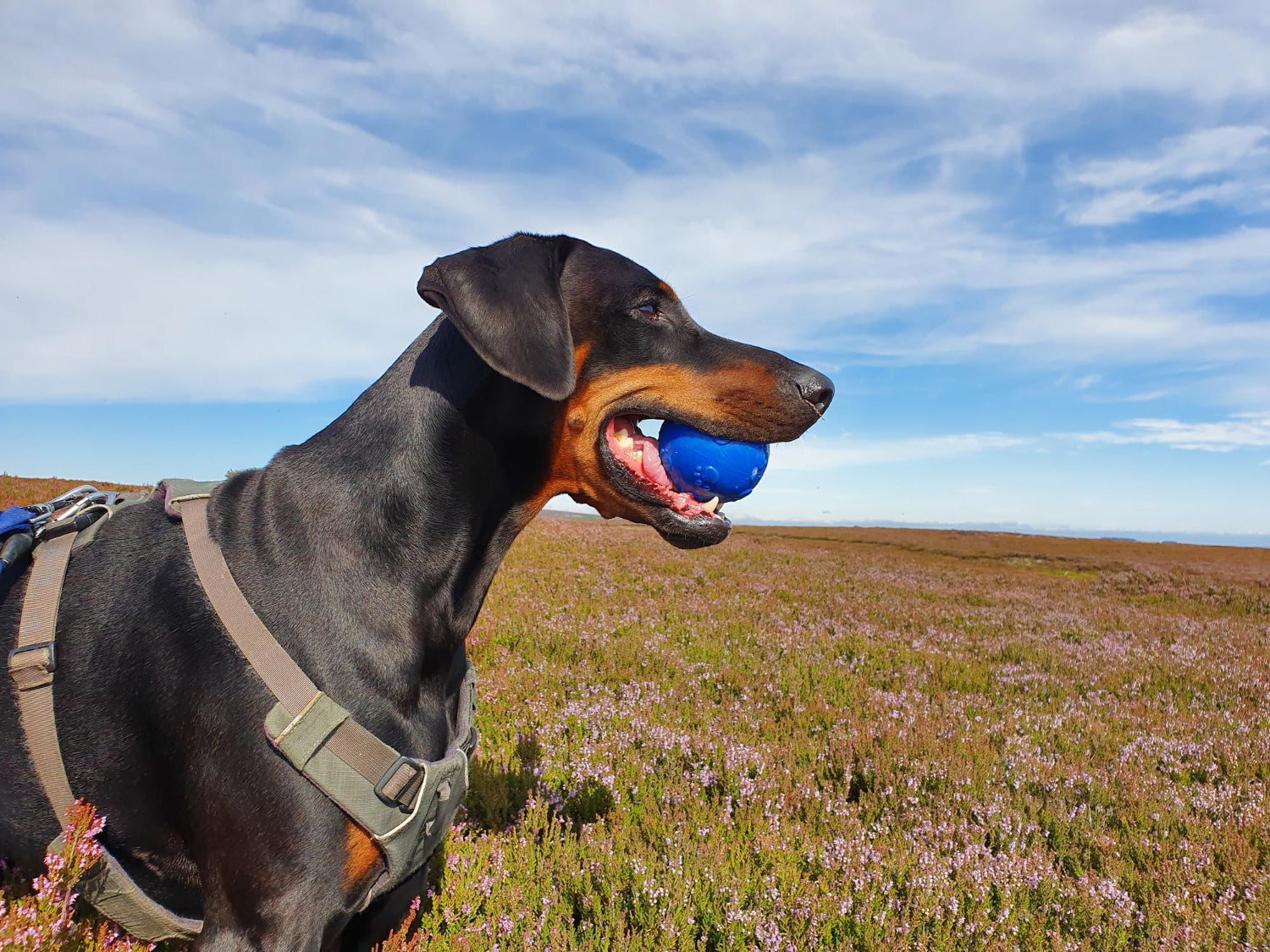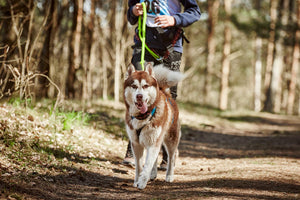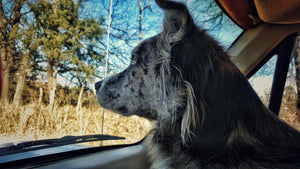When you’re living in Australia, you know the outdoors can be tough — and so can your dog. If you’ve got a pup that loves chewing, tugging, or chasing, chances are you’ve gone through more dog toys than you can count. That’s where indestructible dog toys come in. Built to withstand sharp teeth, endless hours of play, and even the most aggressive chewers, these toys we are discussing today are designed specifically to survive the long run.
If you're anything like we are, then you probably already have a huge box of toys (or a toy stand) in the corner of the lounge room. It's probably also overflowing. While this isn't always bad - you'd probably rather have a couple of toys that the dog loves, that also last a lifetime. Here's what we know on the topic, and how you can shop smarter to save money.
TL;DR – Jump to a Section
Why invest in Indestructible Dog toys in the first place?
Not all dog toys are created equal. Soft toys and interactive dog toys can be fun for a puppy, but if you’ve got a power chewer on your hands, they’ll destroy those in minutes. Indestructible toys are made with durability, safety, and quality in mind. That means non-toxic materials, reinforced stitching, and designs that can withstand everything from play tug to fetch at the park. Now, they might not be LITERALLY indestructible, but some of them come pretty dam close. KONG is almost definitely our favourite.
The best part? They don’t just keep your dog entertained—they also support dental health, encourage mental stimulation, and give your furry friend an outlet for chewing. Since the reasoning behind them is sort've obvious, let's dive into the different types of 'structurally sound' dog toys that you should look into if you're sick of replacing the stuffed cupcake that doesn't last 20 minutes in the dog's gob.
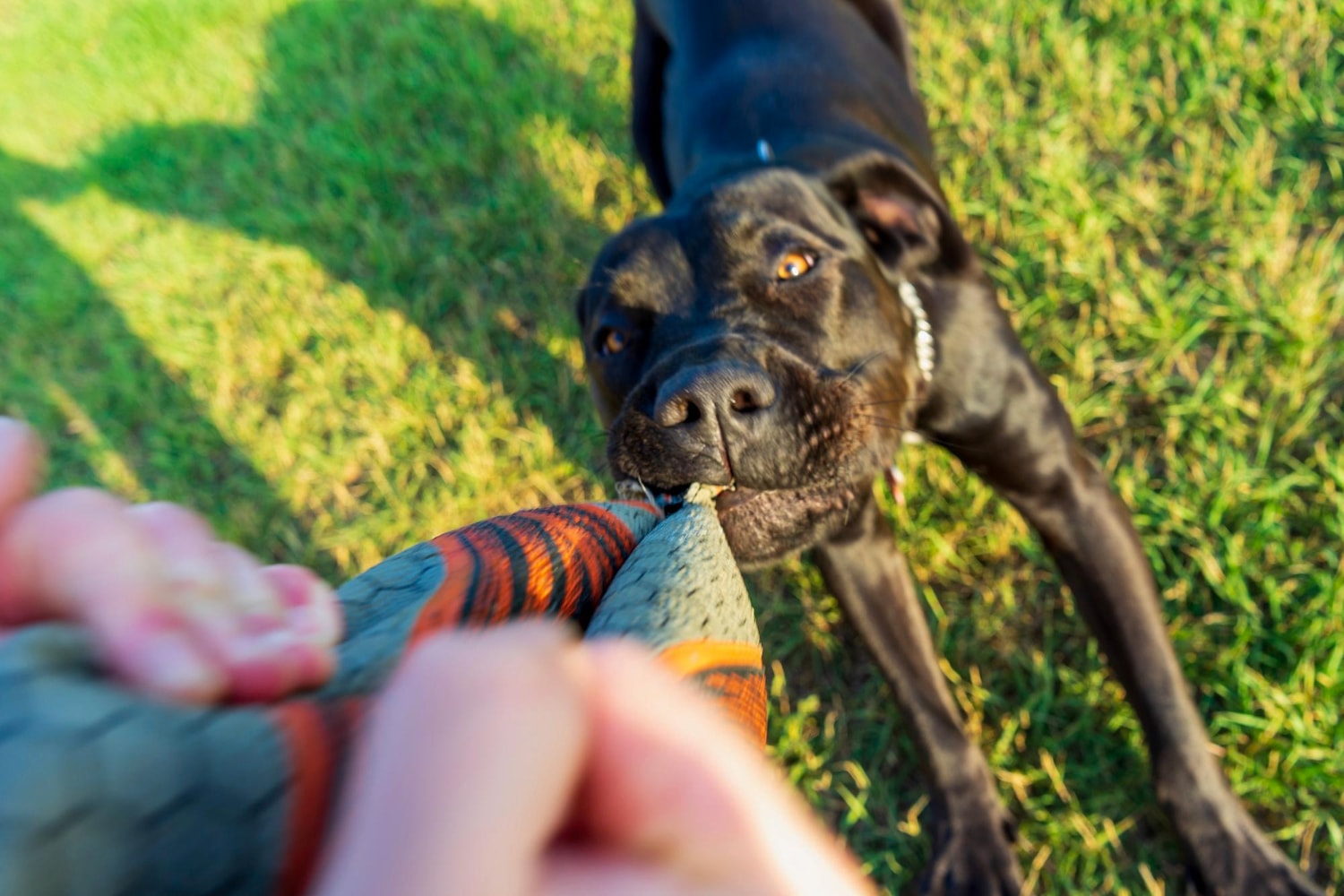
Some of Our Favourite Indestructible Dog Toys that are worth looking into (these are NOT affiliate links or paid advertisements).
Dogs in the Outback don’t just need playthings — they need gear that can handle dust, teeth, tugging, and endless chewing. Here are some of the toughest dog toys you can find, each designed to survive long days on the farm, at the park, or out bush.
Tractor Tire Chew Toys
Built from real recycled rubber, these tractor tire chew toys are practically indestructible, and are arguably one of the best dog toys around. The thick rubber texture not only withstands aggressive chewers but also helps clean teeth as your pup gnaws away.
-
Petbarn Tough Tire - Perfect for power chewers like Kelpies or working dogs.
-
Heavy enough to be a fetch toy, yet soft enough not to damage teeth.
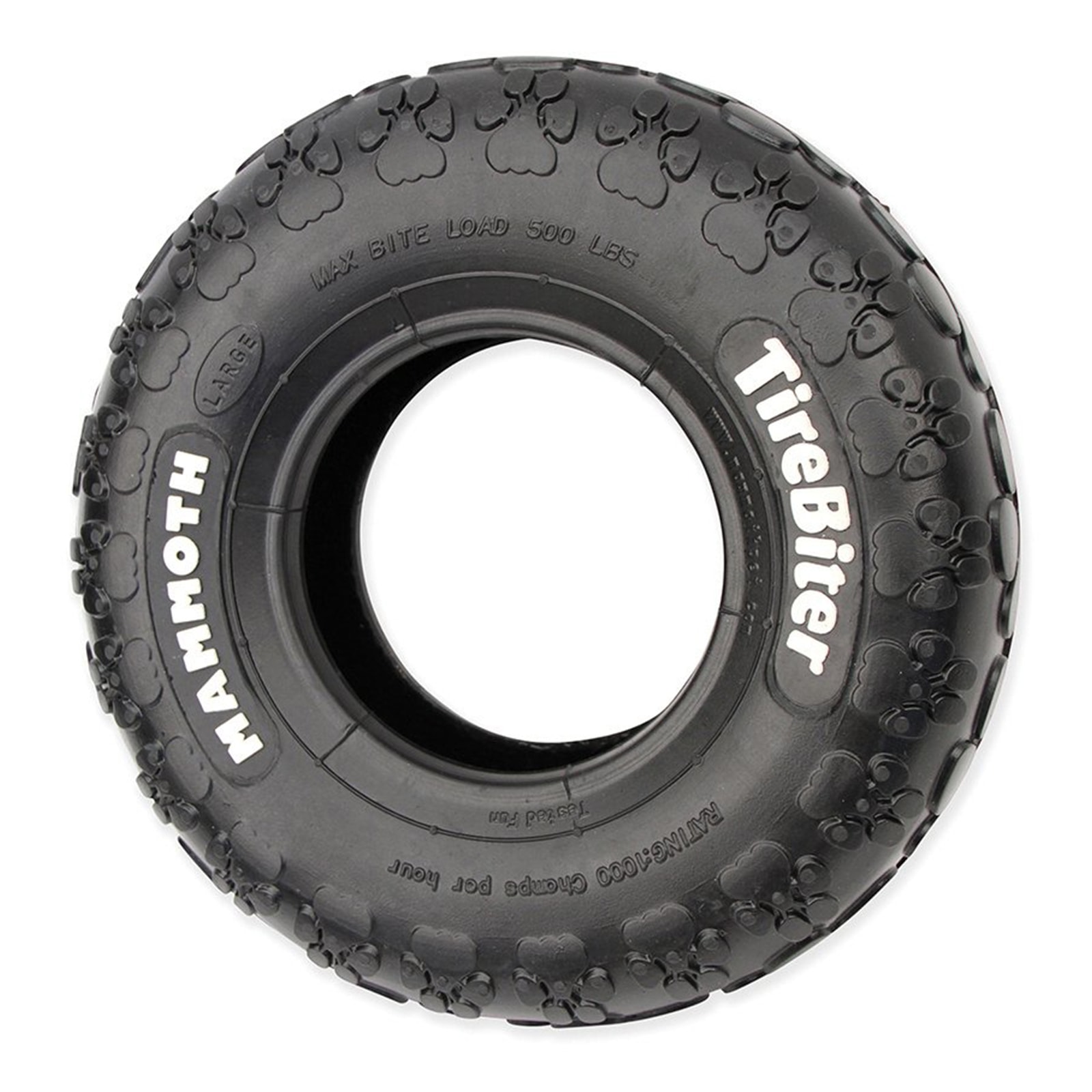
Fire Hose Tug Toys
Usually made from genuine retired fire hoses, these toys are built for punishment. The double-layered canvas withstands chewing, tugging, and endless hours of your dog's attention. This specific Croc toy is available at Petbarn, which is usually close to most people.
-
Petbarn - Ideal for a good old tug-of-war session.
-
Water-resistant and easy to wash after muddy days at the dam, park or pool.
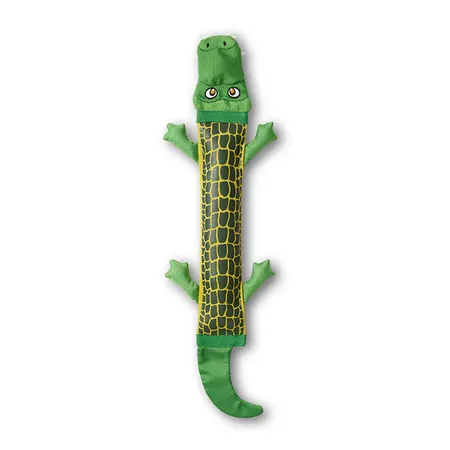
Heavy Duty Fetch Balls
Forget tennis balls — they shred too quickly. Instead, tough dogs need indestructible fetch balls.
-
KONG Extreme Ball: practically a solid lump of rubber, perfect for when you want to play fetch on hard ground
-
Planet Dog Orbee-Tuff Ball: infused with mint to freshen breath while your pup plays.
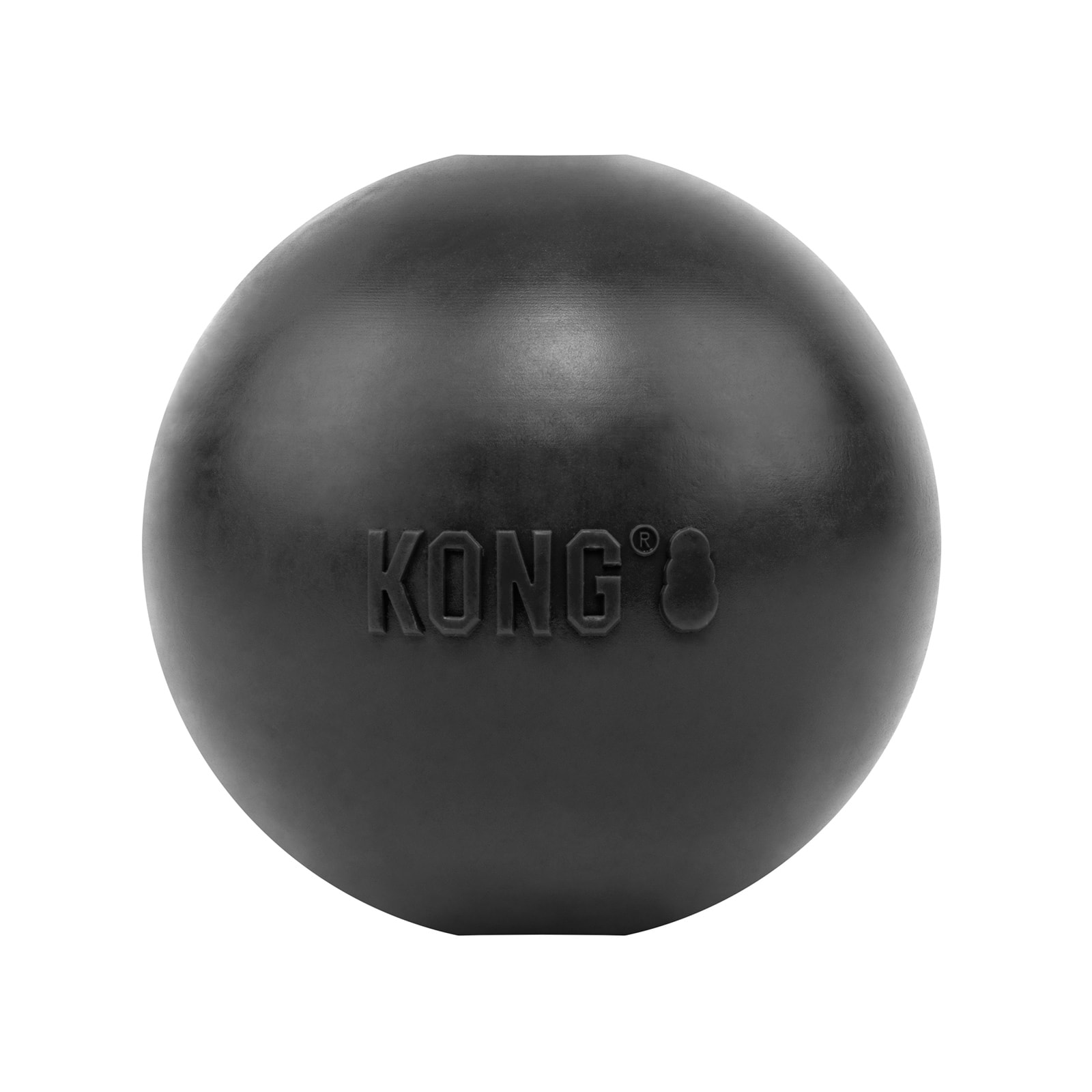
Thick Rope Tugs
Standard ropes fray fast, but oversized, thick-braided ropes last much longer.
-
Mammoth Extra-Thick Tug Rope: durable enough for tug wars between two strong dogs.
-
Kong Bunjee - Great for cleaning teeth while also giving your pup a healthy grip workout.
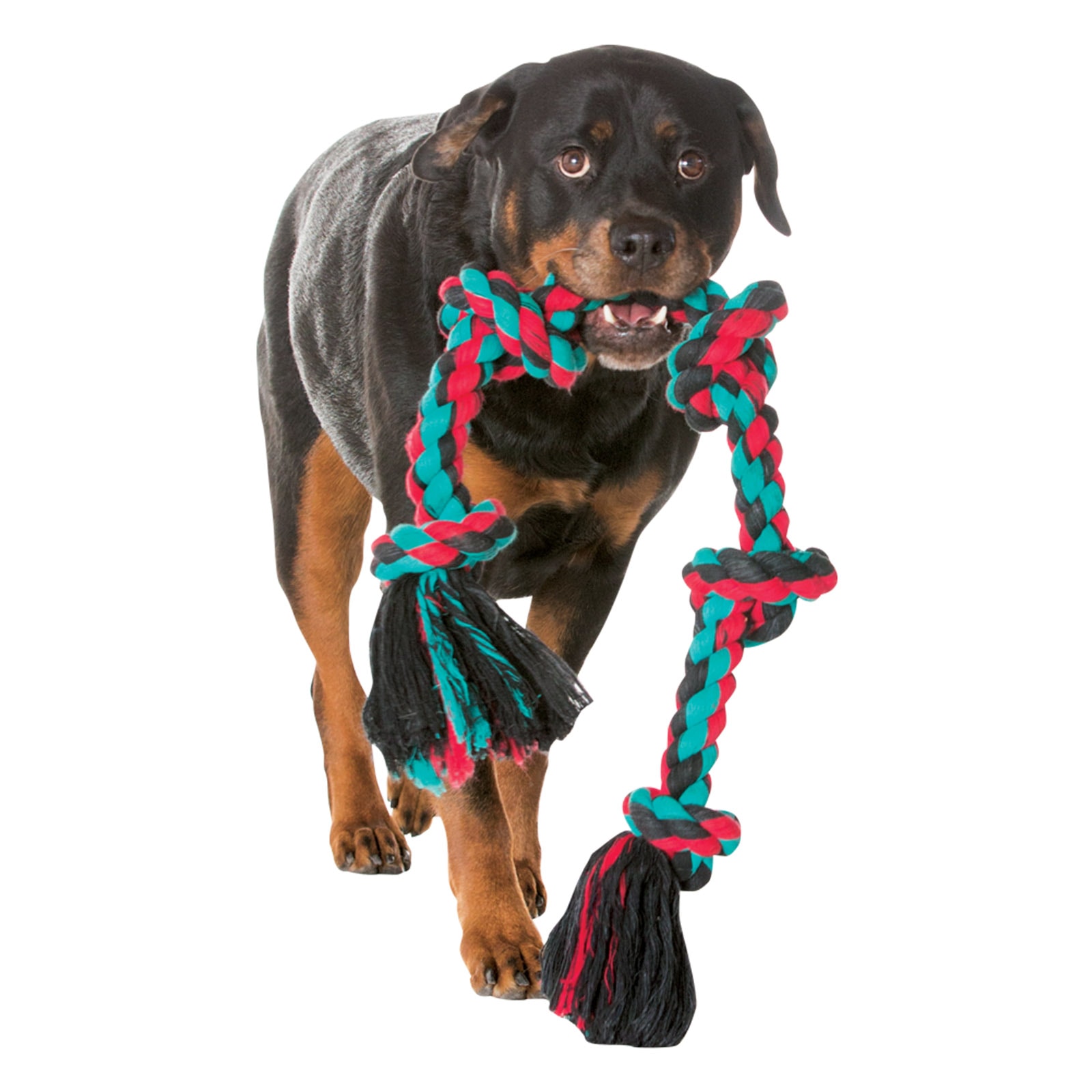
Heavy-Duty Squeaky Toys
If your pup loves a built in squeaker during playtime, choose ones reinforced with multiple layers of fabric or rubber casing.
-
Tuffy’s Mega Series Squeaker: combines the fire hose toughness with squeak fun.
-
Goughnuts Squeaky Stick: designed to be safe and virtually indestructible, even for strong chewers.
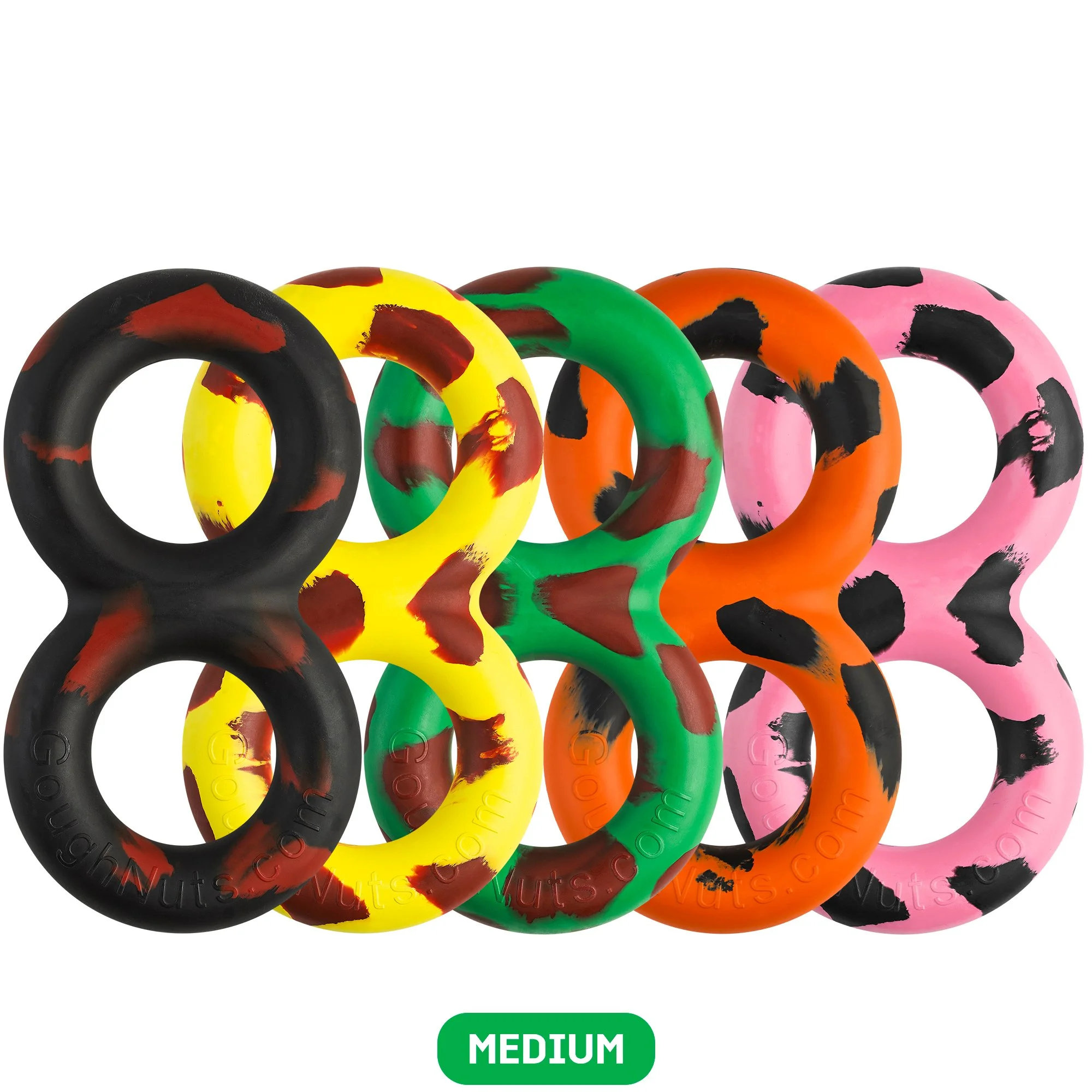
Floating Outback Animal Toys
Suitable for the creek, dam, or river fetch session, these toys combine durability with fun shapes.
-
Ruff Dawg Flying Fish – floats, bounces, and is made for water-loving dogs.
-
Vivapet Floating Duck – tough, floatable animal-shaped toys that withstand power chewers.
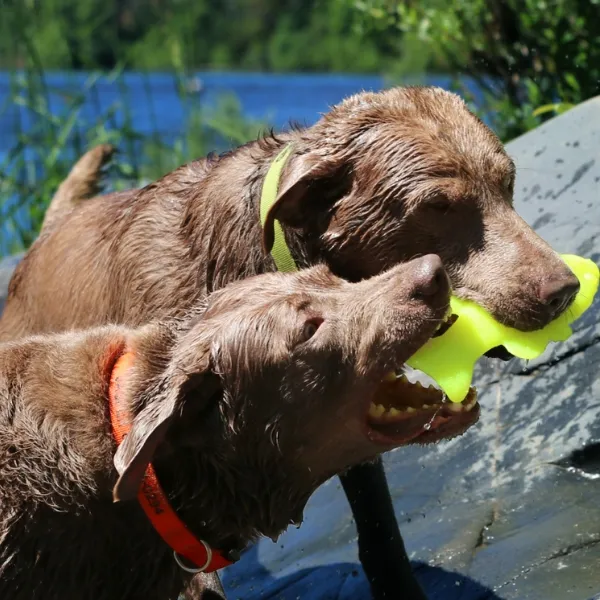
Tips for Choosing the Right Toy
The first thing to consider is your dog’s size and bite strength. A toy that’s perfect for a medium sized Cattle Dog might be a choking hazard for a Mastiff, and too heavy for a small Terrier. Always match the dimensions and weight of the toy to your dog’s build. There's no magical formula for this, it usually just takes a bit of common sense.
Next, think about chewing style. Power chewers with sharp teeth need single-mould rubber or reinforced nylon, while dogs that prefer tug games might thrive on a thick rope toy or a fire-hose tug. Puppies, on the other hand, often need softer compounds that are gentle on growing teeth, or a teething-specific stick, which worked great for our Ruby.
Don’t overlook function and play style. Is your pup crazy for fetch at the park? Then a tough ball or a floating toy is worth investing in. A simple, thick Petbarn frisbee is our dog's favourite now. Does your dog get restless indoors? An interactive chew or treat-dispensing toy will provide mental stimulation as well as a workout for their jaws. Check out snuffle mats. Dogs are usually too interested in the smell of dog biscuits to even care to destroy the mat in the first place.
Finally, check the safety and quality markers. Look for toys that are labelled non-toxic, BPA-free, and ideally backed by a brand guarantee. If a toy seems flimsy or has loose parts, skip it—your dog’s safety (and your wallet) will thank you in the long run.
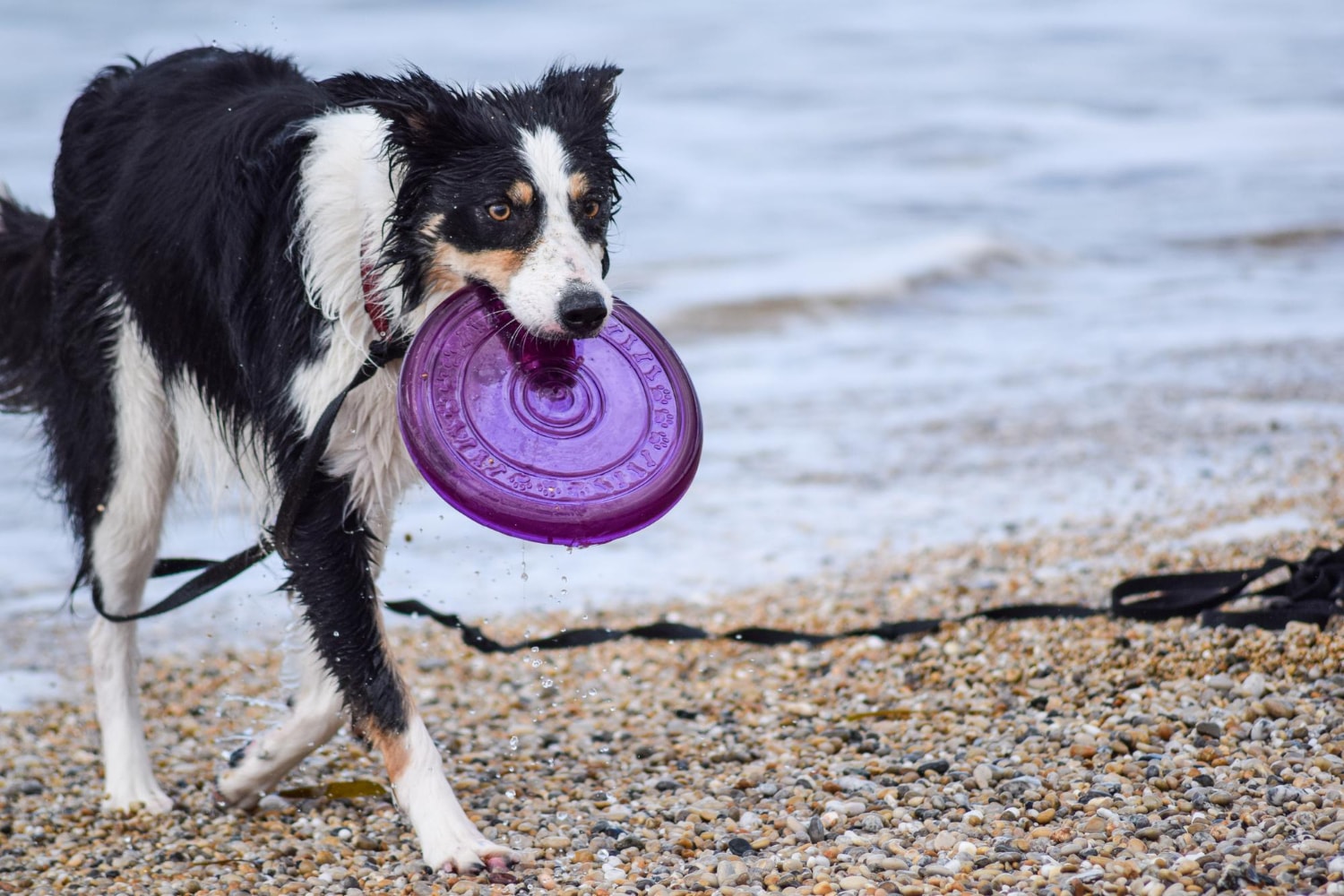
What to Do if Your Dog Swallows a Toy or Gets One Stuck
Even the toughest toys can sometimes cause accidents. If your dog bites off a chunk of rubber or gets a ball lodged in its throat (this happened to my partner's sister), it can turn into a life-threatening emergency within seconds. The most important thing is to act quickly while staying calm.
Signs Your Dog May Have Swallowed or Choked on a Toy
Keep an eye out for these red flags:
-
Sudden gagging or choking noises
-
Excessive drooling or pawing at the mouth
-
Difficulty breathing or restlessness (especially head shaking)
-
Vomiting or refusal to eat
If you notice any of these symptoms, treat it as urgent because it's not worth 'hoping for the best'.
Immediate First Aid Steps
Before rushing to the vet, there are a few things you can try:
-
Check the mouth and throat – If the object is clearly visible and easy to remove, gently pull it out.
-
Never push deeper – Don’t try to force something out if it’s stuck further down.
-
Try the Heimlich maneuver for dogs– For small dogs, hold them upside down and apply quick thrusts under the rib cage. For larger dogs, wrap your arms around their waist from behind and push sharply upward just below the ribs. You might think we're joking here, but we're absolutely not.
When to Call the Vet
Even if you manage to get the object out, always contact your vet immediately. Toys can splinter, scratch, or damage internal organs. If the object doesn’t come out, head to the emergency vet straight away — time is critical. DO NOT try to muster up a home remedy to make your dog vomit, get professional help from people who deal with this every day.
Prevention Tips
While no toy is truly indestructible, you can lower risks by:
-
Choosing toys that are the right size for your dog’s mouth and body
-
Supervising early play sessions, especially with new toys
-
Regularly checking for wear and replacing toys before they break
-
Keeping your emergency vet’s number saved in your phone and a pet first-aid kit at home
👉 Remember: tough, durable toys reduce the risks but don’t eliminate them. The safest strategy is a mix of the right gear, careful supervision, and knowing what to do in an emergency. If you're just like the rest of us and visit the emergency vet at SOME POINT during your dog's life, you'll have a good idea how to navigate any following emergencies.
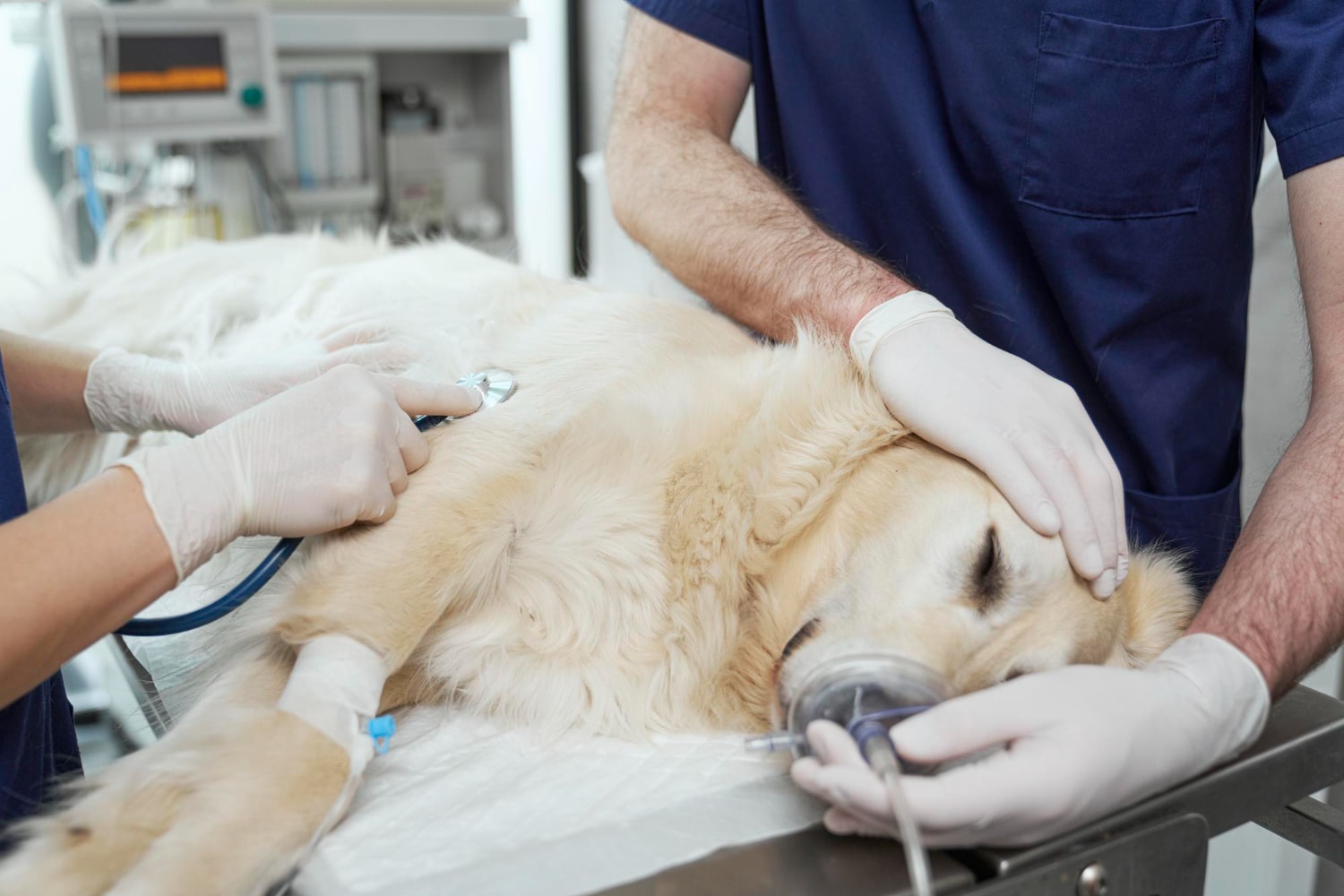
Frequently Asked Questions
What makes a dog toy “indestructible”?
“Indestructible” is shorthand for hard-to-kill, not literally unbreakable. Look for solid natural rubber compounds, fire-hose or ballistic nylon shells, and multi-layer stitching that resists tearing. Design matters as much as materials: fewer seams, rounded profiles that don’t invite ripping, and single-mould construction for chew toys.
If your dog is a certified power chewer, prioritise toys with manufacturer chew ratings (e.g., “power” or “extreme”) and avoid anything with glued-on bits. Bottom line: the toughest toys combine the right compound + shape + engineering, not just thickness.
Are indestructible toys safe for all dogs?
Yes—if you size and match them correctly. A toy that’s too small becomes a choking risk; too big can strain jaws and neck. Stick with non-toxic, BPA-free, phthalate-free materials from reputable brands, and inspect toys weekly for splits or exposed threads. For dogs with dental work or seniors, choose slightly softer rubber or dense foam floaters to protect enamel. If you’ve got “swallow first, ask later” energy at home, skip rope frays and plush fillings and go solid rubber.
How do indestructible toys help with dental health?
Chewing mechanically scrapes plaque and stimulates gum blood flow, which supports overall oral health. Textured ridges and rope fibres add gentle abrasion; rubber gives controlled resistance so dogs work the jaw without cracking teeth. Use chew sessions in short bursts (10–20 minutes) and pair with regular brushing and vet checks. If your dog’s gums bleed or a tooth chips, park the toy and get a vet opinion before resuming. You can get other products, such as a liquid solution for their water bowl that cleans their teeth, but a strong chew toy seems to be the most highly recommended by professionals.
Do companies offer warranties on indestructible toys?
Some do, and it’s worth noting before you buy. Brands like Goughnuts and West Paw (global brands - not just Aussie) offer guarantees or one-time replacements if your dog manages to destroy the toy. Read the fine print: warranties often cover chew failure, not fetch loss or being left on the roof of your ute. Keep order receipts and photos of damage; that’s usually all you need to claim. If your household has aggressive chewers, a warranty can save you money compared with cycling through bargain-bin toys.
Is it worth paying more for expensive dog toys?
Generally, yes. Premium toys use better compounds, safer dyes, and cleaner moulds, which equals longer life and fewer emergency runs. Cheap toys fail at the seams, expose squeakers, and can turn into a vet bill. Think of it like boots—you can buy once and cry once, or keep paying for blisters. If budget matters, buy one tough chew, one tough fetch, and one tough tug, then rotate. You’ll get more mileage than five flimsy options (as someone who has had multiple boxes of sh*tty dog toys).
Do dogs get bored of old toys?
Absolutely. Dogs love novelty; even a brilliant toy becomes “background” after a week on the floor.
Create a rotation bin and swap 2–3 toys in and out every 5–7 days. Same gear, fresh excitement.
Change the context: fetch at the park, tug in the yard, then make it a treat-stuffed challenge at home.
What if my dog gets fixated on one toy?
Harness it. Use that hero toy as a high-value reward for recalls or place training, then put it away. Fixation becomes a problem when it tips into resource guarding or obsessive routines. If you see growling, freezing, or frantic pacing, bring in a qualified trainer and dial back access (trust me - having an obsessed dog can create a TON of issues around other dogs). Swap in functionally similar toys (e.g., rubber stick → rubber ring) to broaden your dog’s definition of “fun.”
Conclusion
If your dog lives for big days out, flimsy toys won’t cut it. Indestructible dog toys Australia isn’t a buzz phrase—it’s a buying strategy: choose materials that last, shapes that don’t invite failure, and sizes that match your dog’s bite and job. Rotate regularly, mix activities (chew, fetch, tug), and watch for wear before it becomes a hazard.
At Bushdog, we field-test gear the same way you use it—in dust, water, and long sessions with strong jaws. Our goal is simple: fewer throwaways, more real play, and a dog that sleeps hard after a day well spent.
When you’re ready, we’ll be here with trail-tested recommendations and kit built to keep up. Currently we are testing and developing toys that are fit for purpose, and you'll be able to check them out on our dog toys page when available.
